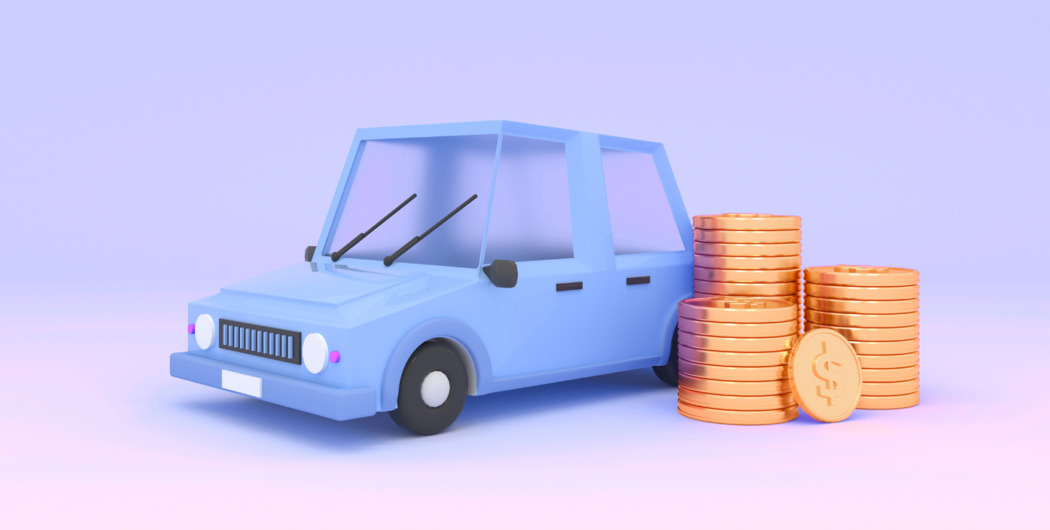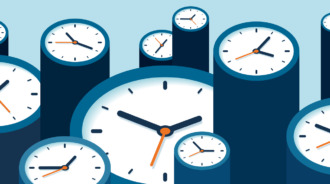

Reducing traffic expenses is a great way to ensure that the city’s labor cuts down expenses. When there is road congestion, the nation’s finances are tampered with.
If you’ve ever been to any major city, you will soon realize how road traffic could result in a major financial problem for the governor. Let alone the congestion caused on the road. Consistent road traffic could be more of a burden on the city budget.
Let’s study how traffic affects major cities and simple ways to circumvent the cost of maintaining such congesting road situations.
What’s the meaning of traffic expenses?
The meaning of traffic expenses is not far from what you’d presume it to be. Here’s the simple idea behind traffic expenses; when there’s heavy congestion on the roads of major cities in a particular country, there is a drastic reduction in the day’s productivity. Secondly, you’ll notice a price increase in transporting consumables through jammed roads.
This will surely inflate the price of car gas, too, as well as other economic factors. In Asia, the cost of road congestion in 2017 was up to $575 billion, which depicts an increase of more than $17 billion from the 2015 cost. To break this down, if an average car owner spends about 100 hours in road traffic, which would cost the city about $26 billion annually, $3,198 for each driver.
Now you understand the meaning of traffic expenses and the need to cut the cost by a sizable factor.
6 strategies to cut down traffic expenses
Let us carefully examine the six effective ways to control traffic congestion and reduce expenses in major cities.
1. Encouraging public transport
Indeed, public transit does help to cut the cost of traffic expenses in major cities. When substantial investment is channeled to encourage public transportation use by those who live in major cities, there will be a huge amount of money saved to address other vital issues.
For instance, during peak hours in 2003, there was a 47% delay increase on notable freeways in Los Angeles after public transit workers embarked on a 35-day strike. Major cities around the world today are beginning to make major investments in public transportation to cut the cost of traffic congestion.
2. Introducing road pricing
Introducing road fees could be an effective way of reducing road traffic expenses. When the city of Milan took out road pricing in 2012, there was a hike in road congestion (up to 20%). This shows how to regulate road congestion by attaching a fee to vehicle movement (except public transit) at certain times.
In New York, for example, driving into Manhattan at busy hours would cost $25 for trucks and $12 for cars. Exemptions should apply to taxis, ambulances, and eco-fuel vehicles.
3. UTMC
Adopting the UTMC (Urban Traffic Management Control) system is a potent way to minimize road traffic expenses while maximizing the capacity of the road when traffic light timings are caused to vary in response to real-time demand. When there is a well-coordinated traffic light signaling across major cities, gridlocks will decline.
Specific happenings like a road accident or congestion on arterial roads can be uploaded into the Urban Traffic Management Control and used to coordinate road usage to reduce traffic.
4. Traffic planner
Planning the day’s traffic ahead of rising situations would help avoid road congestion and reduce costs. Two ways to achieve this are traffic control monitors and parking management. It is good news that major city mobility can be improved with the help of smart technology, giving real-time road updates to vehicle owners planning to set on their day’s journey.
When there’s an efficient traffic planning system in place by governing authorities of major cities, workers may be advised to take public transits or a taxi to avoid congestion.
5. Cycling system
Hangzhou, a major city in China, boasts of one of the world’s major public cycling programs and bike-sharing systems. There are currently about 67,000 bikes intended for public use to complement the 3,000 service areas. This program is not just easy to use but helps workers who are short on time get to their location faster without worrying about road congestion.
6. Use of rail network
Truly, there is an extraordinary potential in considering the extensive use of the existing rail network across the city—every alternative matters when it comes to reducing traffic costs by avoiding road congestion. The rail network has enough accommodation to transport people in their thousands, reducing road movement effectively. Adding rail stations at intervals is also a good way to encourage its use.

In conclusion…
Road traffic is a rising problem in major cities around the world. With high public transit use, encouraging the use of existing rail networks, and promoting technological advancement in predicting traffic conditions, the government could save up more on congestion rather than widen the road, which will only give room for more traffic. When regulatory systems are put in place to monitor traffic congestion, there will be a noticeable decline in expenses.









